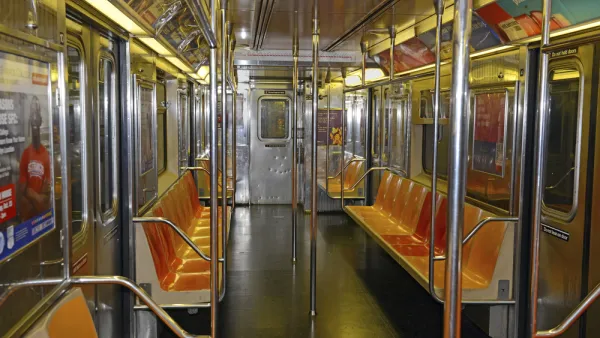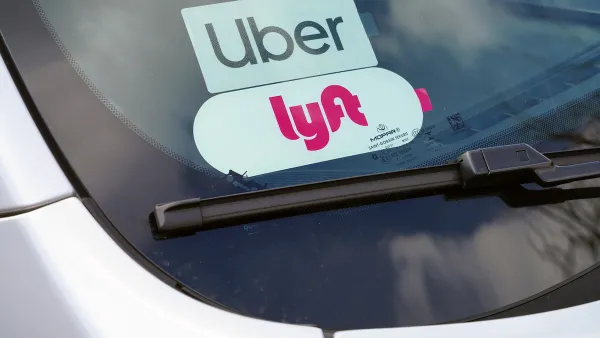"American households will no longer aspire to own two cars in every garage, but instead will have mobility apps on every phone, to hail self-driving vehicles that they will share rather than own." Jeffrey D. Sachs, Columbia University

Courtesy of the Rocky Mountain Institute
It is interesting to note how the forecast for the arrival of autonomous cars has been changing in the past few years. In 2005, experts predicted the arrival of commercial autonomous cars around 2040. Now almost everyone agrees that we'll have commercial self-driving car services before the end of the decade.
John Zimmer, co-founder of Lyft, recently wrote in Medium: "By 2025, private car ownership will all-but end in major U.S. cities."
How many rides will autonomous cars provide? It is difficult to say. If autonomous robo-taxis can take away most of the taxi rides, plus the current car-sharing and ride-sharing market, the potential market is enormous. Recently researchers from the Rocky Mountain Institute predicted that by 2025, automated mobility services could be a $120 billion business in the United States alone.
For traditional automakers this new mobility ecosystem is a huge disruption of their current business model. They are, however, embracing it, even if their motivation is simply survival. In other words, they may have no choice but to jump on the bandwagon.
That has been the end game for newcomers to the auto industry. Tesla's goal from the start was to develop self-driving cars, so their current strategy of selling electric cars to consumers serves to scale up production, test self-driving technology, and collect as much data as possible about potential users of a future mobility service.
Ride-share companies such as Uber and Lyft, and internet firms such as Apple and Google, will have an enormous technology advantage. Those businesses have huge databases of personal mobility at their disposal, collected continuously from smartphone apps and operating systems. When autonomous rides become a market reality, those databases will help them to optimize their services to cities and areas where they can get the most revenue from their fleets.
Read the rest of the article on EBN
FULL STORY: Autonomous Car Mobility Shifts Electronics Industry

Analysis: Cybertruck Fatality Rate Far Exceeds That of Ford Pinto
The Tesla Cybertruck was recalled seven times last year.

National Parks Layoffs Will Cause Communities to Lose Billions
Thousands of essential park workers were laid off this week, just before the busy spring break season.

Retro-silient?: America’s First “Eco-burb,” The Woodlands Turns 50
A master-planned community north of Houston offers lessons on green infrastructure and resilient design, but falls short of its founder’s lofty affordability and walkability goals.

Test News Post 1
This is a summary

Analysis: Cybertruck Fatality Rate Far Exceeds That of Ford Pinto
The Tesla Cybertruck was recalled seven times last year.

Test News Headline 46
Test for the image on the front page.
Urban Design for Planners 1: Software Tools
This six-course series explores essential urban design concepts using open source software and equips planners with the tools they need to participate fully in the urban design process.
Planning for Universal Design
Learn the tools for implementing Universal Design in planning regulations.
EMC Planning Group, Inc.
Planetizen
Planetizen
Mpact (formerly Rail~Volution)
Great Falls Development Authority, Inc.
HUDs Office of Policy Development and Research
NYU Wagner Graduate School of Public Service




























